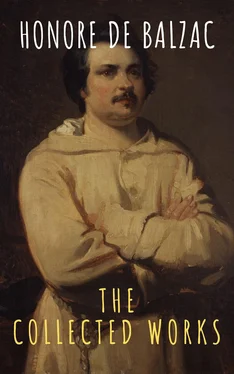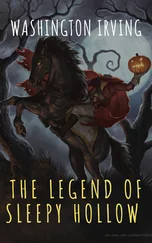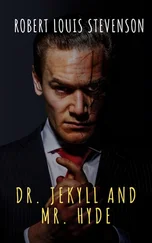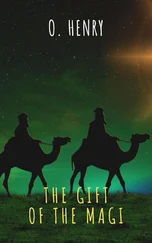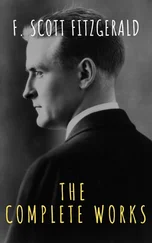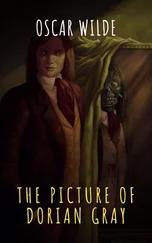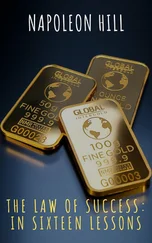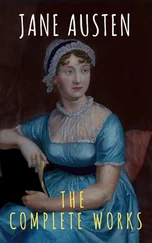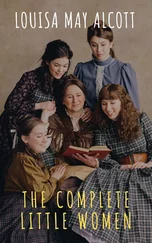Table of Contents
THE HUMAN COMEDY THE HUMAN COMEDY Honoré de Balzac
PREFACE
STUDIES OF MANNERS IN THE 19TH CENTURY Scenes from Private Life
AT THE SIGN OF THE CAT AND RACKET
AT THE SIGN OF THE CAT AND RACKET
THE BALL AT SCEAUX
LETTERS OF TWO BRIDES
THE PURSE
THE PURSE
MODESTE MIGNON
A START IN LIFE
ALBERT SAVARUS
VENDETTA
A SECOND HOME
DOMESTIC PEACE
MADAME FIRMIANI
STUDY OF A WOMAN
THE IMAGINARY MISTRESS
A DAUGHTER OF EVE
THE MESSAGE
THE GRAND BRETECHE
LA GRENADIERE
THE DESERTED WOMAN
HONORINE
BEATRIX
GOBSECK
A WOMAN OF THIRTY
FATHER GORIOT
COLONEL CHABERT
THE ATHEIST’S MASS
THE COMMISSION IN LUNACY
THE MARRIAGE CONTRACT
ANOTHER STUDY OF WOMAN
Scenes from Provincial Life
URSULE MIROUET
EUGENIE GRANDET
The Celibates
PIERRETTE
THE VICAR OF TOURS
THE TWO BROTHERS
Parisians in the Country
THE ILLUSTRIOUS GAUDISSART
THE MUSE OF THE DEPARTMENT
The Jealousies of a Country Town
THE OLD MAID
THE COLLECTION OF ANTIQUITIES
Lost Illusions
TWO POETS
A DISTINGUISHED PROVINCIAL AT PARIS
EVE AND DAVID
Scenes from Parisian Life The Thirteen
FERRAGUS
THE DUCHESSE DE LANGEAIS
THE GIRL WITH THE GOLDEN EYES
THE FIRM OF NUCINGEN
Scenes from a Courtesan’s Life
ESTHER HAPPY: HOW A COURTESAN CAN LOVE
WHAT LOVE COSTS AN OLD MAN
THE END OF EVIL WAYS
VAUTRIN’S LAST AVATAR
SECRETS OF THE PRINCESSE DE CADIGNAN
FACINO CANE
SARRASINE
PIERRE GRASSOU
The Poor Relations
COUSIN BETTY
COUSIN PONS
A MAN OF BUSINESS
A PRINCE OF BOHEMIA
GAUDISSART II
BUREAUCRACY
UNCONSCIOUS COMEDIANS
THE LESSER BOURGEOISIE
The Seamy Side of History
MADAME DE LA CHANTERIE
THE INITIATE
Scenes from Political Life
Scenes from Military Life
Scenes from Country Life
PHILOSOPHICAL STUDIES
ANALYTICAL STUDIES
Honoré de Balzac
In giving the general title of “The Human Comedy” to a work begun nearly thirteen years since, it is necessary to explain its motive, to relate its origin, and briefly sketch its plan, while endeavoring to speak of these matters as though I had no personal interest in them. This is not so difficult as the public might imagine. Few works conduce to much vanity; much labor conduces to great diffidence. This observation accounts for the study of their own works made by Corneille, Moliere, and other great writers; if it is impossible to equal them in their fine conceptions, we may try to imitate them in this feeling.
The idea of The Human Comedy was at first as a dream to me, one of those impossible projects which we caress and then let fly; a chimera that gives us a glimpse of its smiling woman’s face, and forthwith spreads its wings and returns to a heavenly realm of phantasy. But this chimera, like many another, has become a reality; has its behests, its tyranny, which must be obeyed.
The idea originated in a comparison between Humanity and Animality.
It is a mistake to suppose that the great dispute which has lately made a stir, between Cuvier and Geoffroi Saint-Hilaire, arose from a scientific innovation. Unity of structure, under other names, had occupied the greatest minds during the two previous centuries. As we read the extraordinary writings of the mystics who studied the sciences in their relation to infinity, such as Swedenborg, Saint-Martin, and others, and the works of the greatest authors on Natural History — Leibnitz, Buffon, Charles Bonnet, etc., we detect in the monads of Leibnitz, in the organic molecules of Buffon, in the vegetative force of Needham, in the correlation of similar organs of Charles Bonnet — who in 1760 was so bold as to write, “Animals vegetate as plants do” — we detect, I say, the rudiments of the great law of Self for Self, which lies at the root of Unity of Plan . There is but one Animal. The Creator works on a single model for every organized being. “The Animal” is elementary, and takes its external form, or, to be accurate, the differences in its form, from the environment in which it is obliged to develop. Zoological species are the result of these differences. The announcement and defence of this system, which is indeed in harmony with our preconceived ideas of Divine Power, will be the eternal glory of Geoffroi Saint-Hilaire, Cuvier’s victorious opponent on this point of higher science, whose triumph was hailed by Goethe in the last article he wrote.
I, for my part, convinced of this scheme of nature long before the discussion to which it has given rise, perceived that in this respect society resembled nature. For does not society modify Man, according to the conditions in which he lives and acts, into men as manifold as the species in Zoology? The differences between a soldier, an artisan, a man of business, a lawyer, an idler, a student, a statesman, a merchant, a sailor, a poet, a beggar, a priest, are as great, though not so easy to define, as those between the wolf, the lion, the ass, the crow, the shark, the seal, the sheep, etc. Thus social species have always existed, and will always exist, just as there are zoological species. If Buffon could produce a magnificent work by attempting to represent in a book the whole realm of zoology, was there not room for a work of the same kind on society? But the limits set by nature to the variations of animals have no existence in society. When Buffon describes the lion, he dismisses the lioness with a few phrases; but in society a wife is not always the female of the male. There may be two perfectly dissimilar beings in one household. The wife of a shopkeeper is sometimes worthy of a prince, and the wife of a prince is often worthless compared with the wife of an artisan. The social state has freaks which Nature does not allow herself; it is nature plus society. The description of social species would thus be at least double that of animal species, merely in view of the two sexes. Then, among animals the drama is limited; there is scarcely any confusion; they turn and rend each other — that is all. Men, too, rend each other; but their greater or less intelligence makes the struggle far more complicated. Though some savants do not yet admit that the animal nature flows into human nature through an immense tide of life, the grocer certainly becomes a peer, and the noble sometimes sinks to the lowest social grade. Again, Buffon found that life was extremely simple among animals. Animals have little property, and neither arts nor sciences; while man, by a law that has yet to be sought, has a tendency to express his culture, his thoughts, and his life in everything he appropriates to his use. Though Leuwenhoek, Swammerdam, Spallanzani, Reaumur, Charles Bonnet, Muller, Haller and other patient investigators have shown us how interesting are the habits of animals, those of each kind, are, at least to our eyes, always and in every age alike; whereas the dress, the manners, the speech, the dwelling of a prince, a banker, an artist, a citizen, a priest, and a pauper are absolutely unlike, and change with every phase of civilization.
Hence the work to be written needed a threefold form — men, women, and things; that is to say, persons and the material expression of their minds; man, in short, and life.
As we read the dry and discouraging list of events called History, who can have failed to note that the writers of all periods, in Egypt, Persia, Greece, and Rome, have forgotten to give us a history of manners? The fragment of Petronius on the private life of the Romans excites rather than satisfies our curiosity. It was from observing this great void in the field of history that the Abbe Barthelemy devoted his life to a reconstruction of Greek manners in Le Jeune Anacharsis .
Читать дальше
